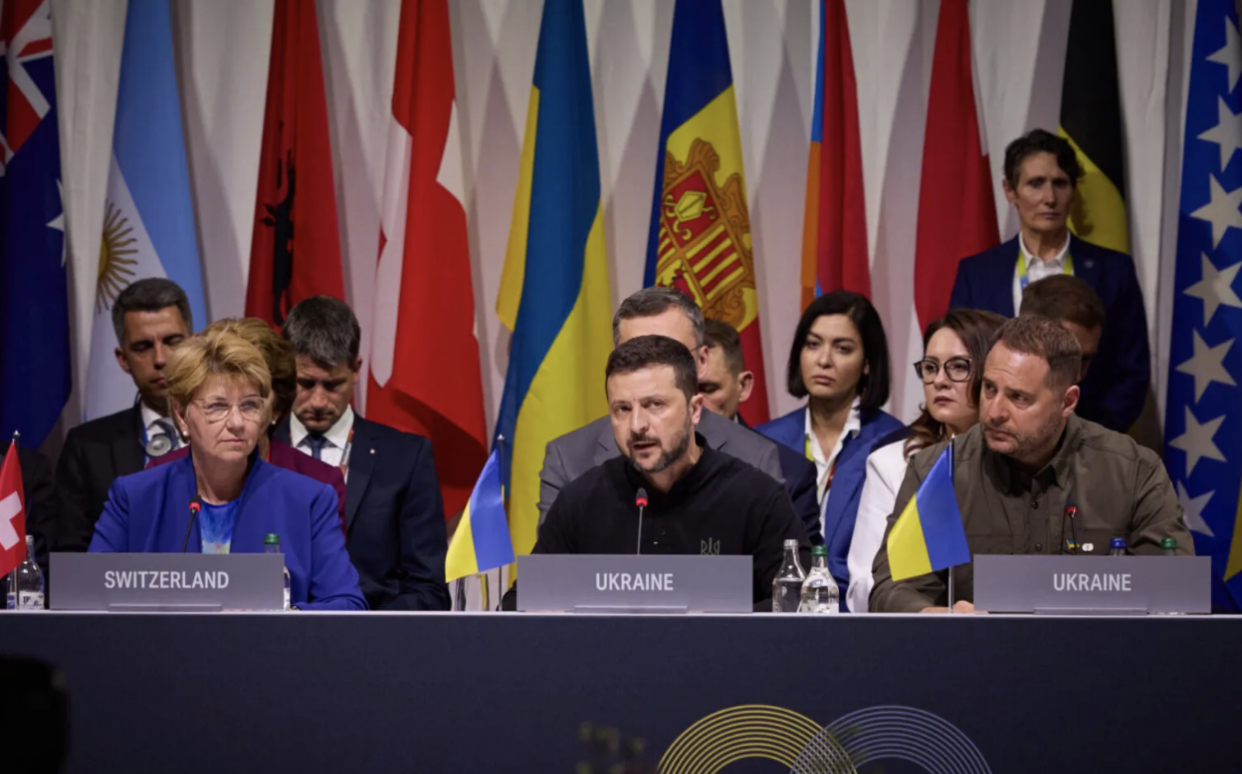Photo via Official Website of the President of Ukraine
***
On Monday, February 16, 2025, the main leaders of the European Union gathered in Paris to discuss possible paths to achieving peace in Ukraine after being called together by French President Emmanuel Macron. The meeting was convened in response to a high-stakes diplomatic summit scheduled by the United States for the following day in Saudi Arabia between Marco Rubio, Trump’s newly appointed Secretary of State, and Sergei Lavrov, Russia’s Foreign Minister.
As expected, the European meeting did not yield any concrete results, with leaders failing to reach a unified position. The discussions highlighted deep divisions within Europe regarding how to approach a peaceful end of the Russian invasion on Ukraine. In particular, Italian Prime Minister Giorgia Meloni advocated for stronger collaboration with the United States, arguing that increased diplomatic alignment was necessary to secure an immediate ceasefire. Meanwhile, the British Prime Minister took a drastically different stance, stating publicly that the United Kingdom is prepared to send troops to Ukraine for as long as necessary, reaffirming Britain’s unwavering support for President Volodymyr Zelensky.
On the other hand, in Riyadh, the U.S. State Department described the five-hour discussions as “an important step forward toward enduring peace.” However, in the Riyadh meeting, there was an alarming absence: the country of Ukraine itself.
Trump’s strategy appears clear: he aims to broker a swift agreement with Putin to end the war as quickly as possible, even if it means Ukraine losing some of its territories. In fact, U.S. Defense Secretary Pete Hegseth has openly stated that returning to Ukraine’s pre-2014 borders, before Russia’s annexation of Crimea, is “unrealistic.”
However, the United States faces two major obstacles in pushing this plan forward. First and foremost, President Zelensky remains steadfast in his refusal to concede any significant Ukrainian territory to Russia, repeatedly emphasizing that such a compromise would betray Ukraine’s sovereignty. Secondly, a large fraction of European nations continues to provide strong economic and military support to Ukraine, backing Zelensky’s vision of a peace deal that does not involve territorial concessions to Russia.
Yet, Russia is getting exceedingly stronger in peace negotiations. In fact, for the first time since the war began three years ago, Moscow has returned to the center stage of international diplomacy; this time, not as an isolated aggressor, but rather as a key player engaged in direct talks with the world’s most powerful nation. The close relationship between Trump and Putin has strengthened the Kremlin’s position, giving Russia unprecedented leverage in shaping the terms of a potential peace agreement.
Trump himself has stirred controversy by portraying Zelensky in an unfavorable light. He has described the Ukrainian leader as “a dictator without elections who dragged his country into a war that couldn’t be won.” These remarks have left much of the global public opinion in shock, as they suggest that Trump is not only downplaying Russia’s invasion but also shifting the blame for the conflict onto Ukraine itself.
And Europe? Is it simply being sidelined?
The European meeting in Paris once again revealed the continent’s long-standing struggle with internal divisions. No real progress was made—simply the same recurring disagreements among leaders and a lack of unity that has characterized Europe in recent years. But with Trump’s return to the White House and Ukraine facing increasing military difficulties, Europe can no longer afford to remain fragmented. The old strategy of providing indefinite support to Ukraine without a clear diplomatic roadmap is no longer viable. Now, more than ever, Europe must find common ground, formulate a cohesive approach, and assert itself in the peace negotiations, ensuring that Zelensky has the necessary backing to negotiate with both Russia and the United States on equal terms, if it does not want to become a passive observer while the United States and Moscow dictate the future of Ukraine.
***
This article was edited by Mia Kirch and Irene Hao.
